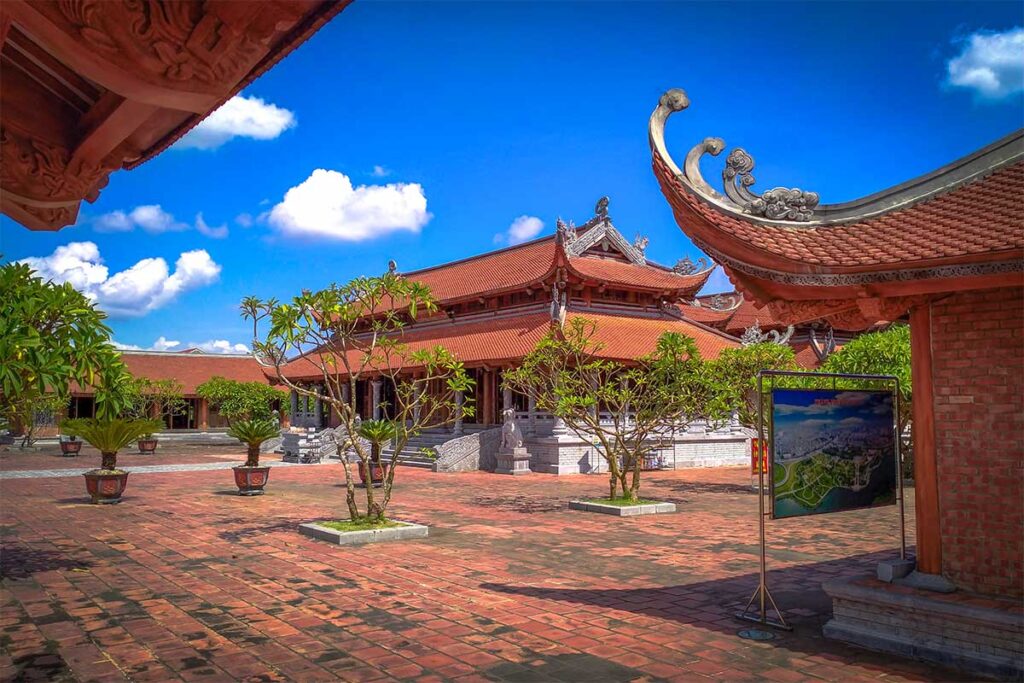What is Xuong Giang Citadel?
History
Xuong Giang Citadel was originally built by the Ming army in 1407 as a military fortress along their supply route to Dongguan—modern-day Hanoi. In 1427, it became the site of a decisive siege led by Le Loi and the Lam Son uprising, who surrounded the citadel and defeated incoming reinforcements. The victory marked the collapse of Ming control over Dai Viet (Vietnam), resulting in the end of 20 years of occupation and the founding of the Later Le Dynasty. Today, it is remembered as one of the most important military victories in Vietnam’s long history of resistance against foreign rule.
The Citadel today
Very little remains of the original structure. The earth-built walls are long gone, with only faint outlines and partial reconstructions visible. Instead, the site now features a large memorial complex, completed between 2012 and 2017, which includes:
- Xuong Giang Temple at its center
- A ceremonial three-gate entrance, bell and drum towers, and an open main courtyard
- Indoor and outdoor areas with artifacts, artwork, and interpretive displays
The site is more symbolic than archaeological, with most features reconstructed to honor the history rather than preserve original materials. It functions more as a modern memorial than a ruin or ancient site.
What to see at Xuong Giang Citadel
Although Xuong Giang was once a large Ming-built fortress, very little of the original citadel remains today. The site has been transformed into a modern memorial complex, designed to honor the historic victory rather than preserve old ruins. Most of what you’ll see is newly constructed, with symbolic architecture and commemorative elements rather than ancient structures.
1. Xuong Giang Temple

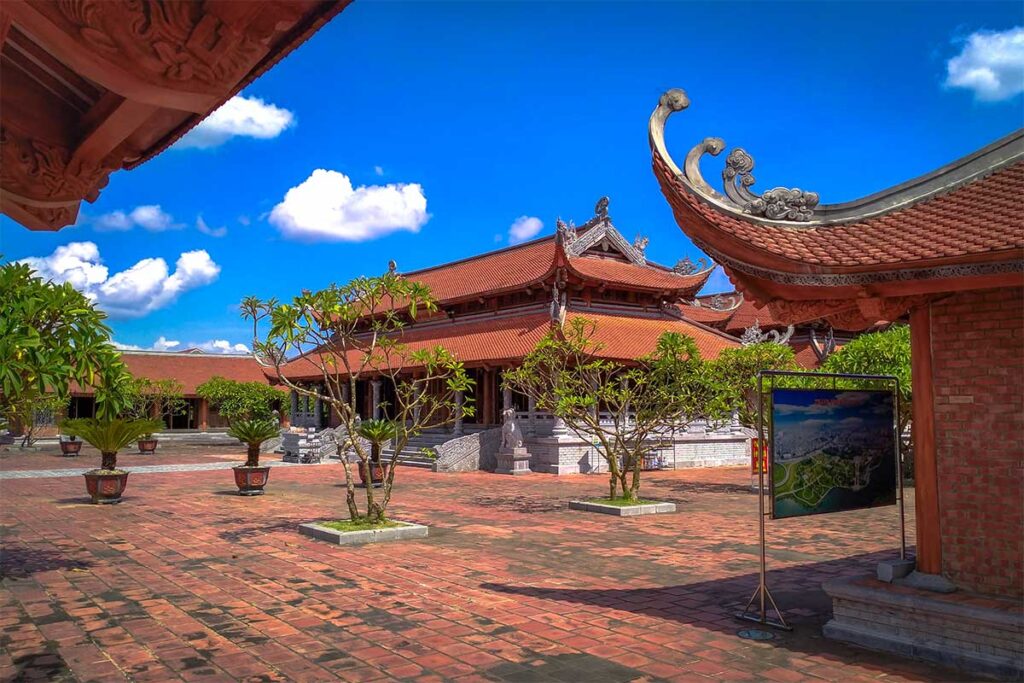
At the heart of the complex is Xuong Giang Temple, a three-chamber structure built to honor Vietnam’s victory over the Ming army.
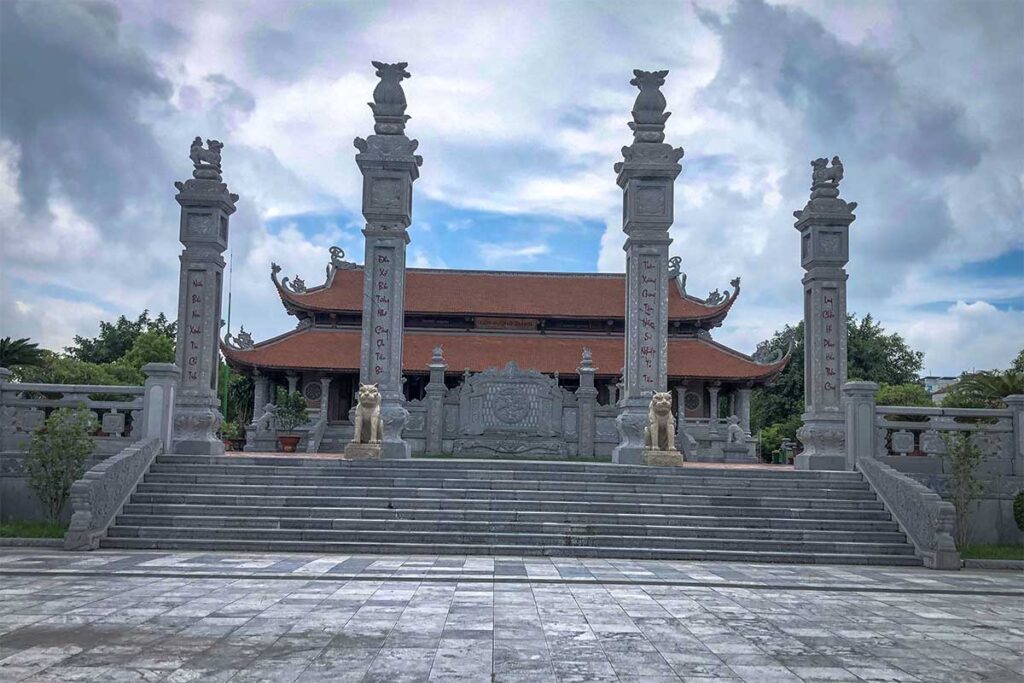
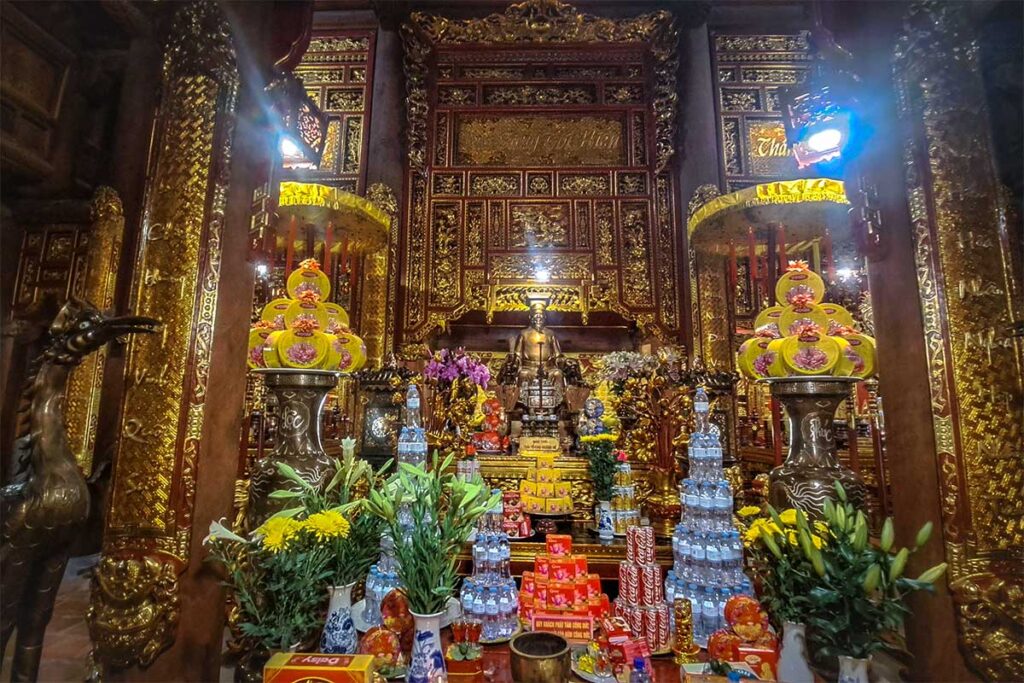
The central altar is dedicated to Emperor Le Loi, flanked by altars for 17 generals and the Lam Son soldiers who fought in the 1427 battle. Inside, you’ll also find a 15th-century brick from Lam Kinh Temple, the former capital of the Later Le Dynasty, brought here as a symbolic connection to the nation’s founding.
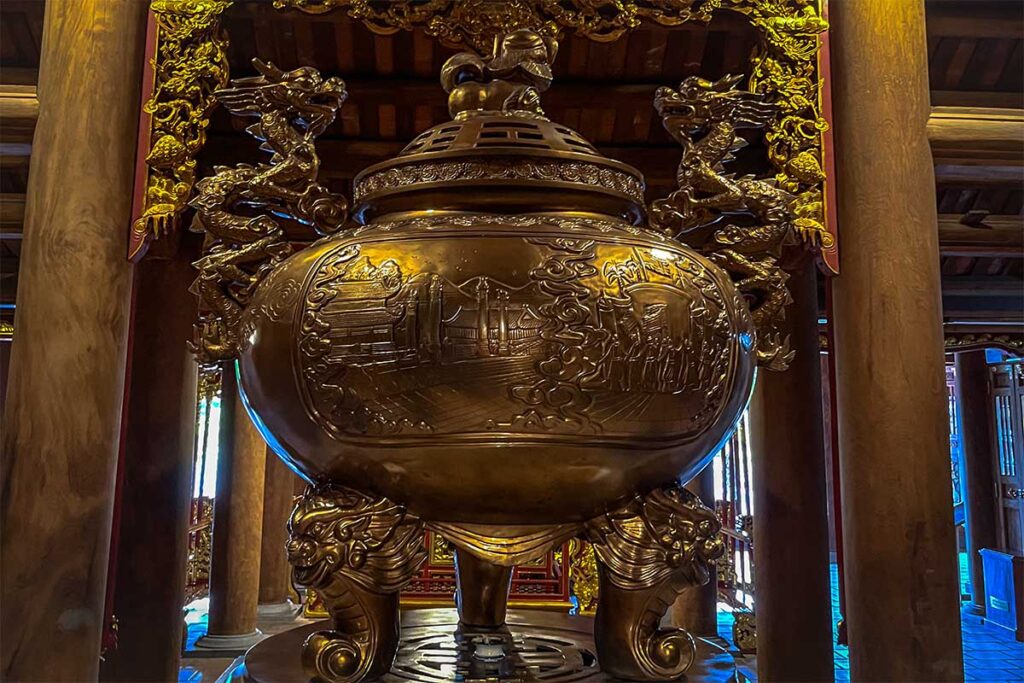
A large bronze incense burner stands in the incense hall, engraved with images of Bac Giang’s cultural heritage, including Vinh Nghiem Pagoda and the region’s ancient woodblocks.
2. Memorial Architecture
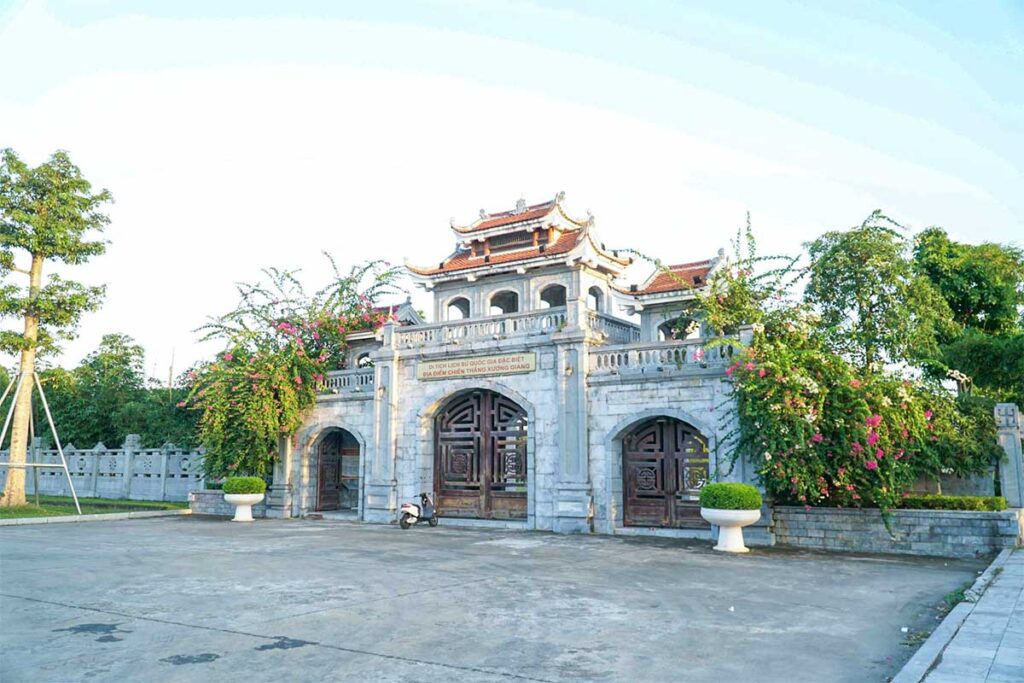
The surrounding memorial structures are arranged along a central axis, beginning with a tall Tam Quan Gate (three-entrance gate) that leads into a stone-paved courtyard.
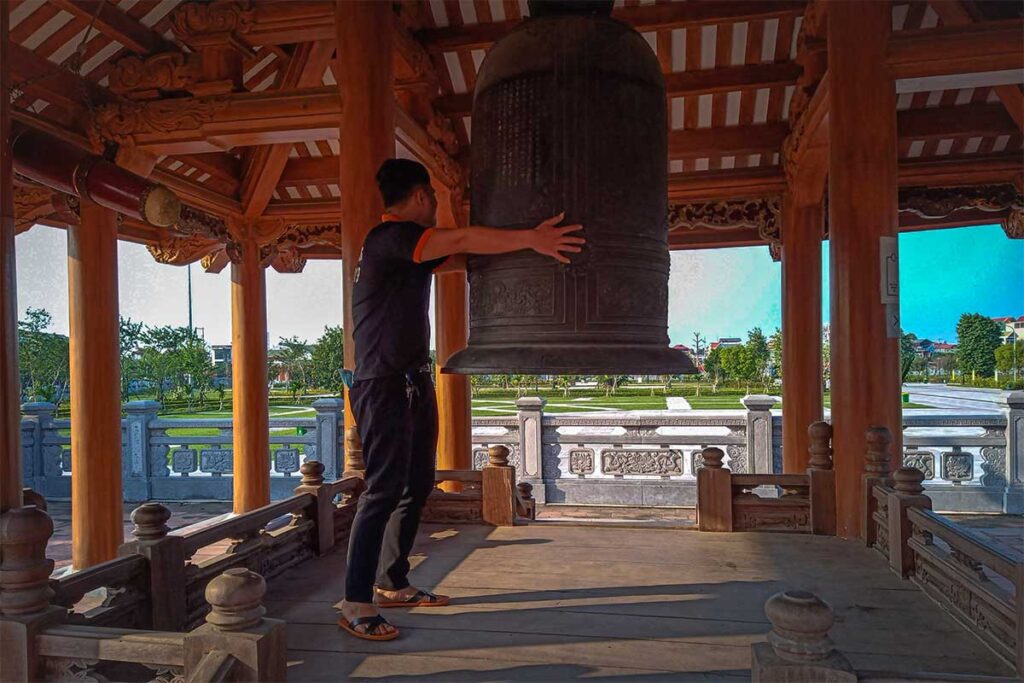
On either side are the bell and drum towers, with landscaped gardens and tree-lined paths throughout. The layout and symmetry give the site a ceremonial feel. While it’s a pleasant and peaceful place to walk, it’s important to note that the entire complex is newly built—this is a memorial park, not a preserved archaeological ruin.
Xuong Giang Festival
The Xuong Giang Festival is held annually on the 6th and 7th days of the Lunar New Year, commemorating the historic victory. Events include parades, torch-lit processions, bonfires, traditional games, and local food stalls. It’s a vibrant time to visit if you’re already in the area and want to experience a local celebration steeped in patriotic pride. However, for general sightseeing, it’s best to avoid this period due to heavy crowds and noise.
How to get to Xuong Giang Citadel
From Hanoi, the drive takes about 1 hour via National Highway 1A, making it an easy day trip. The route is straightforward and well-paved, and you can easily combine a visit to Xuong Giang with other nearby stops in Bac Giang Province. From Noi Bai International Airport, the drive is slightly shorter.
There is no direct public transport to the citadel itself, so the best option is to rent a private car with a driver or arrange a guided transfer, especially if you plan to combine it with other historical or nature stops in the region.
Is Xuong Giang Citadel worth visiting?
No, not really—unless you’re already planning to visit Bac Giang. In that case, it can be a quick stop to stretch your legs and get a glimpse into the area’s historical pride.
But don’t go out of your way to make a detour or full trip just for this site. There are no ancient ruins or immersive heritage here—it’s a newly built memorial complex designed to commemorate a historic event, not preserve original architecture.
If your time is limited and you’re choosing between historical sites, stick with Hanoi’s attractions instead. They’re closer, more visually impressive, and offer more authentic, original structures worth your time.
